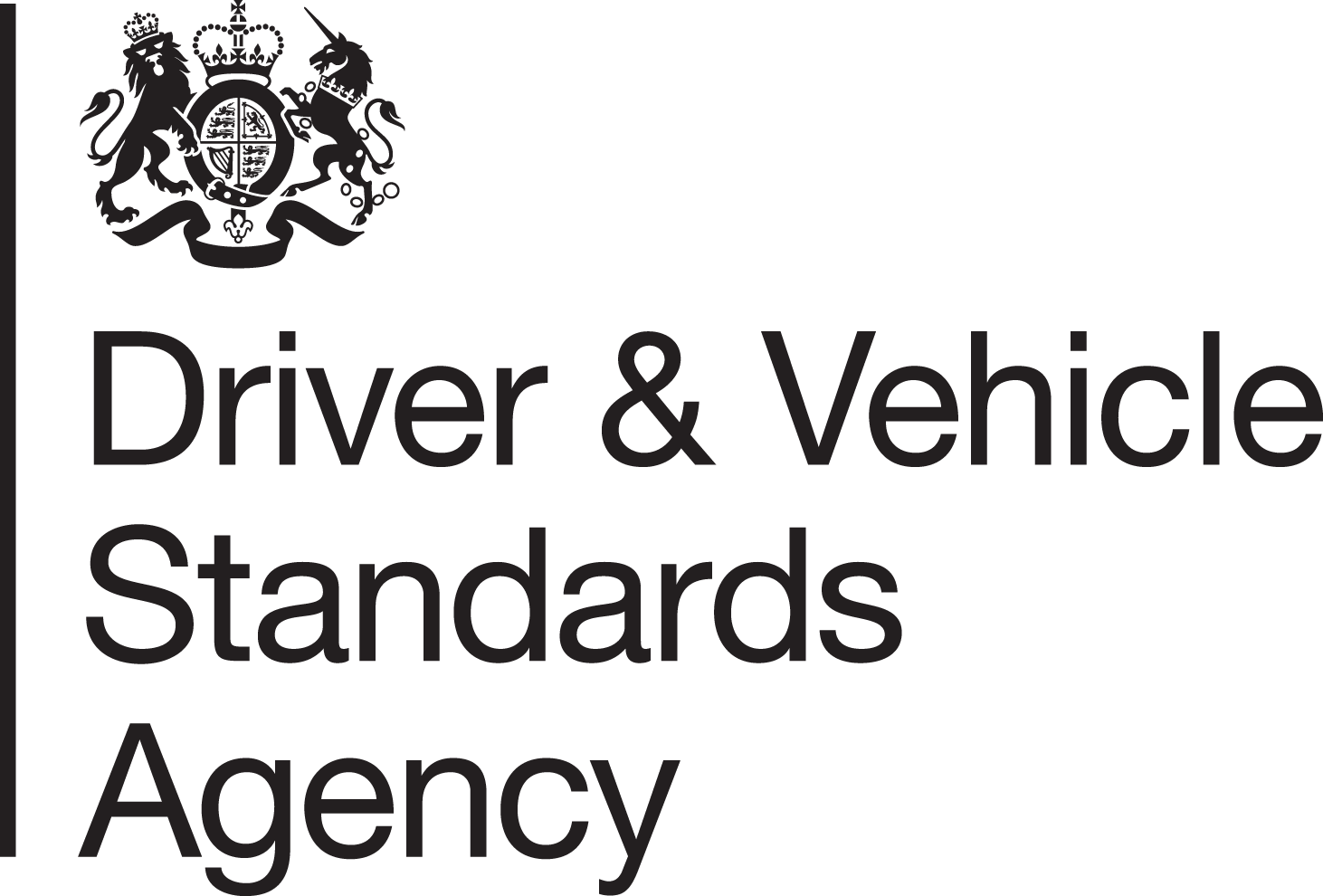Description
1. Appreciate how and why city roads are changing to accomodate active travel, such as walking and cycling.
2. Identify the most vulnerable road users (VRUs) and how they interact with traffic.
3. Share the roads safely with others by applying defensive driving techniques.
4. Know the use and limitations of supplementary vehicle safety equipment and how to maintain its effectiveness.
The objectives of the SUDVS2 Van Smart module is that participants can; 1. State the rules regarding driver licencing and training.
2. List the guidelines regarding fitness to drive.
3. understand the law relating to drivers' hours and breaks.
4. Explain how to ensure that their vehicle is roadworthy.
5. Describe safe loading procedures and what makes a load safe.
6. Explain why journey planning is important and how to plan a journey effectively. 7. Identify the importance of observing the safety rules for van drivers. 8. State the speed limits on different types of roads. 9. Explain why some other road users feel vulnerable and what would make them feel safer.
10. Identify the characteristics of a professional driver. 11. Explain how defensive driving would help them to identify and avoid hazards.
The objectives of the SUDVS3 On-Cycle Practical module is that participants will be able to
1. Gain first-hand experience as a VRU, through on-cycle hazard awarness and recognise why cyclists behave the way they do. 2. Controlling a bike. 3. Understanding where to ride on the road and the use and limitations of cycle infrastructure. 4. How to tackle challanging roads and traffic situations. 5. How and when to pass queuing traffic. 6. Identifying and reacting to hazardous road surfaces.
The objectives of SUDVS4 Off-Cycle Inclement weather module are for drivers to understand; 1. Cyclists as road users.
2. What makes cyclists vulnerable.
3. The law relating to cyclists as road users.
4. The different types of cyclists using the roads.
5. What is Bikeability and what does it cover?
6. What basic cycle use training covers at Level one. 7.What advanced cycle use training covers at level two. 8. What Advanced cycle training covers at Level 3. 9. How professional drivers can help keep cyclists safe. 10. Encountering both single and groups of cyclists on the roads. 11. How professsional drivers can enhance the positive impact of cycling in the future.
12. How professional drivers can set an example to other drivers by driving responsibly
Subject Areas
- Vehicle Systems (Safety)
- Safe and Fuel Efficient Driving
- Loading/Unloading (LGV)
- Customer Service
- Legislation (Hours/WTD/Regs)
- Legislation for Carriage of Goods
- Health, Safety & Emergencies
- Personal Health & Wellbeing
- Physical/Mental Health & Wellbeing
- Professional Driver & Company Issues
- Industry Enviro. Carriage of Dangerous Goo
